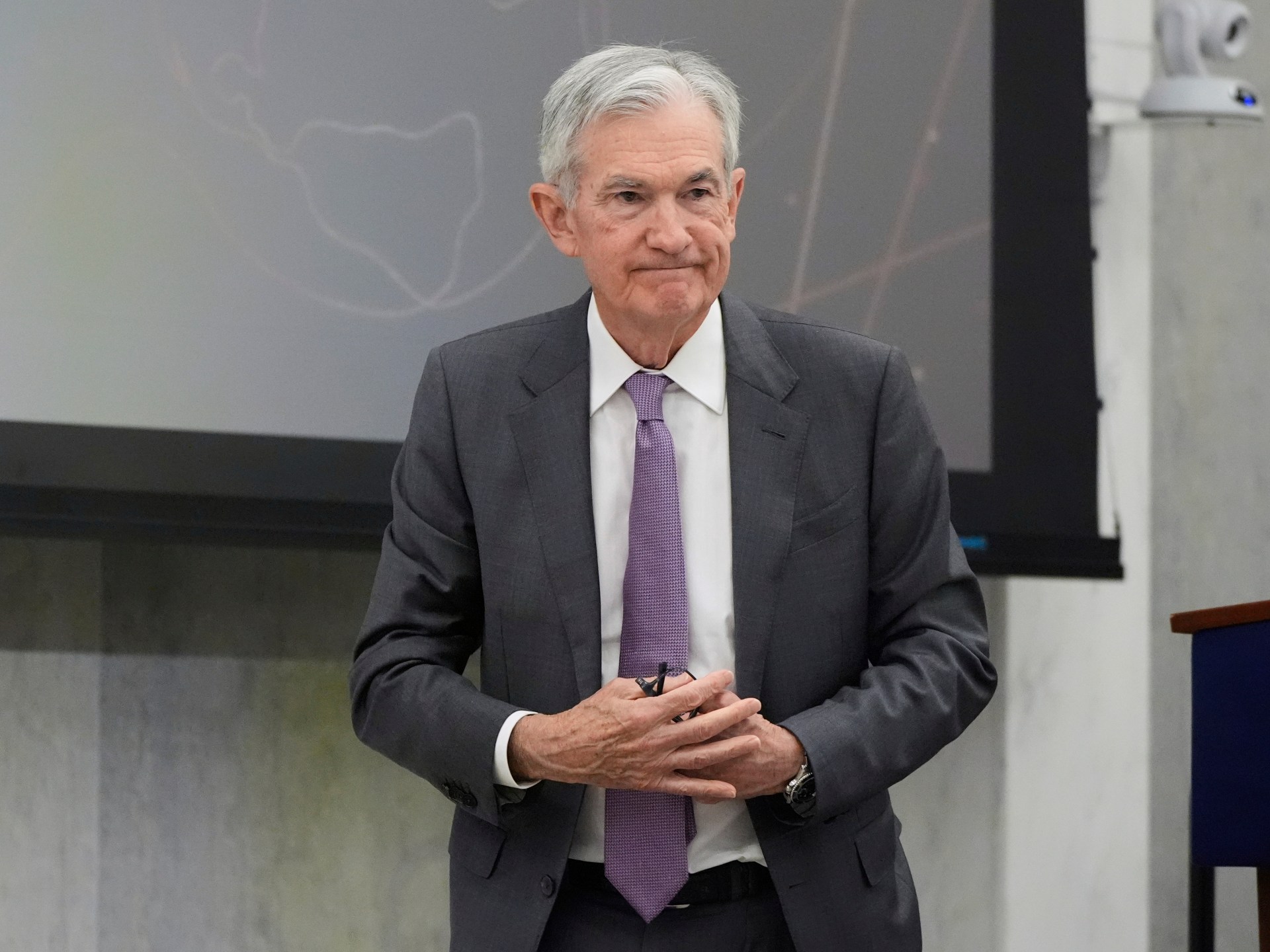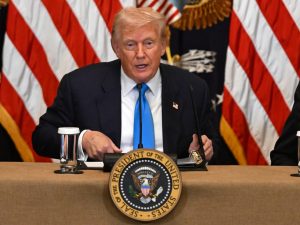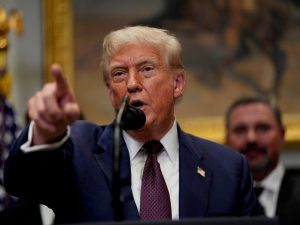Federal Reserve Maintains Interest Rates Amidst Economic Uncertainty
The United States Federal Reserve concluded its June meeting by deciding to keep the federal funds rate unchanged at its current range of 4.25% to 4.50%. This marks the fourth consecutive meeting where the Federal Open Market Committee (FOMC) has opted to hold rates steady, a decision largely anticipated by market participants. The central bank’s stance reflects a careful balancing act, acknowledging solid economic activity and a stable labor market while remaining attuned to lingering uncertainties and slightly elevated inflation.
A Cautious Pause
The Federal Reserve’s decision to maintain the status quo on interest rates stems from a complex economic landscape. Recent indicators suggest that economic activity has continued to expand at a solid pace, supported by a low unemployment rate and a resilient labor market. However, inflation, while cooling, remains somewhat elevated above the Fed’s 2% target. This delicate balance has led policymakers to adopt a wait-and-see approach, prioritizing a thorough assessment of incoming data before considering any adjustments to monetary policy.
Navigating Economic Headwinds
Several factors contribute to the prevailing economic uncertainty. Shifting tariff policies, particularly those implemented or considered by the Trump administration, introduce a degree of unpredictability that impacts the economic outlook for the remainder of the year. Additionally, global geopolitical tensions, such as those in the Middle East, can influence economic stability and commodity prices, adding another layer of complexity to the Fed’s decision-making process. These external factors create a scenario where the central bank must weigh current economic performance against potential future risks.
The Significance of the ‘Dot Plot’
A key element to watch in the aftermath of the Fed’s decision is the updated Summary of Economic Projections (SEP), commonly referred to as the “dot plot.” This document provides insight into each FOMC member’s forecast for the economy and future interest rate movements. While the Fed’s previous projections, released in March, indicated a potential for two rate cuts in 2025, market participants and analysts are closely observing the revised SEP for any shifts in expectations. A revised dot plot suggesting fewer rate cuts could signal a more cautious outlook from the Fed, potentially strengthening the U.S. Dollar. Conversely, any indication of more aggressive rate reductions could influence market sentiment and borrowing costs.
Market Reactions and Future Outlook
The decision to keep interest rates unchanged is unlikely to immediately alter borrowing costs for consumers, meaning rates for credit cards, auto loans, and mortgages are expected to remain elevated. For savers, however, the current interest rate environment continues to offer attractive returns on savings accounts and certificates of deposit.
Looking ahead, market participants are keenly focused on future policy signals. Bond futures traders, for instance, are pricing in a higher probability of the next rate cut occurring in September. The Fed’s own “dot plot” projections will be crucial in shaping expectations for the number and timing of potential rate cuts later in the year. Policymakers have emphasized their commitment to achieving maximum employment and their 2% inflation objective, and they stand ready to adjust monetary policy as appropriate if risks to these goals emerge. The economic data released in the coming months will be pivotal in guiding the Federal Reserve’s next steps in managing monetary policy.






